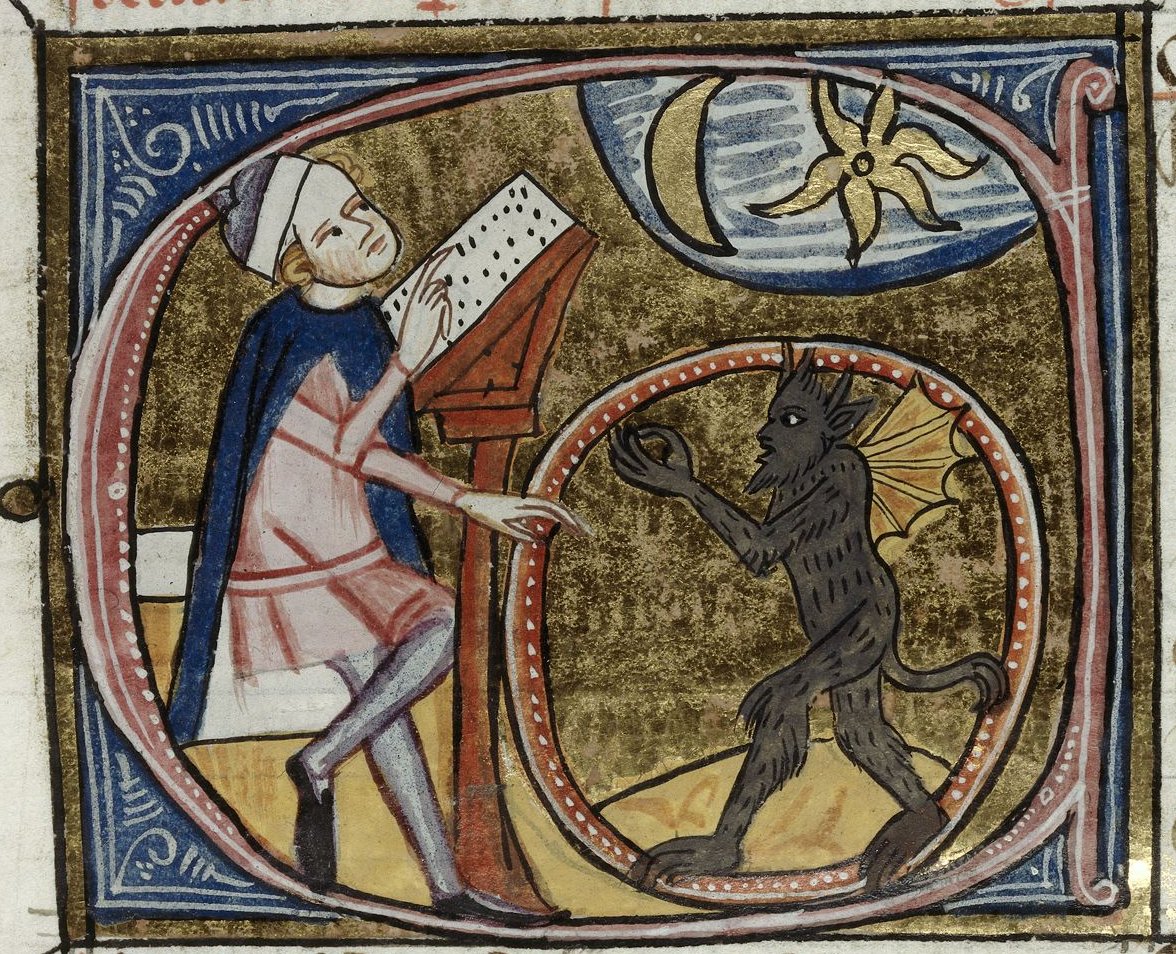As it’s Halloween this weekend, we’ve been looking at how astrology and dark magic were used by people in the medieval period.
Medieval astrologers believed that the movements of the stars influenced numerous things on earth, from the weather and the growth of crops to the personalities of new born babies and the inner workings of the human body.
Some people may have viewed medieval astrologers as magicians, but they were highly thought of in medieval society and many were highly respected scholars. By the end of 1500s, physicians across Europe were required by law to calculate the position of the moon before carrying out complicated medical procedures such as surgery or bleeding.
Henry VI’s guardians frequently used astrology to predict the future of the young king.
One famous case involving the use of astrology and necromancy in the 15th century involves the Duchess of Gloucester, Eleanor Cobham. Eleanor was the wife of Humphrey, Duke of Gloucester who was one of Henry VI’s uncles and also one of the most powerful noblemen in the country; he was next in line to the throne if Henry died.
Eleanor consulted the astrologers Thomas Southwell and Roger Bolingbroke to try to divine the future. Southwell and Bolingbroke predicted that Henry VI would suffer from a life-threatening illness in July or August of 1441. If Henry did die, Eleanor’s husband would become king.
The rumours of a life-threatening illness greatly troubled the impressionable Henry VI. The King’s guardians consulted their own astrologers who found no such illness in their predictions. Bolingbroke and Southwell were both arrested on charges of treasonable necromancy. Bolingbroke quickly implicated Eleanor as the instigator. Eleanor fled to sanctuary in Westminster Abbey; if she stayed there, she could not be tried by the law courts.
Marjery Jourdemayne, also known as The Witch of Eye Next Westminster, was also arrested. Marjery was the wife of a prosperous yeoman from Middlesex and despite a relatively lowly background, she kept the company of respected and learned clerics and courtiers. Marjery had been well known to Eleanor, having used her services for at least ten years. Eleanor had even used her services to help her in becoming pregnant by purchasing potions that she said she intended to use to help her conceive.
The king’s council chose most likely for political reasons to accuse Eleanor of plotting the king’s death. The charges against Eleanor were probably exaggerated to undermine the ambitions of her husband. For their participation in this alleged conspiracy, Bolingbroke was beheaded, Jourdemayne was burnt at the stake. Southwell died in the Tower of London before he could face any further punishment. Eleanor was forced to divorce her husband and was condemned to spend the rest of her life in prison; she eventually died in 1452 at Beaumaris Castle, Anglesey.
In 1483 following Edward IV’s death, the Duke of Buckingham, Humphrey Stafford, tried to discredit Elizabeth Woodville by suggesting that her mother, Jacquetta Woodville, had resorted to the dark art of necromancy to ensnare Edward and ensure that he remained under Elizabeth’s influence for the rest of his life. This may have been believable to some as Jacquetta had been accused of being a witch in 1469. Buckingham never presented any evidence to support such a theory and much like the case of Eleanor Cobham, the accusations were politically motivated.
